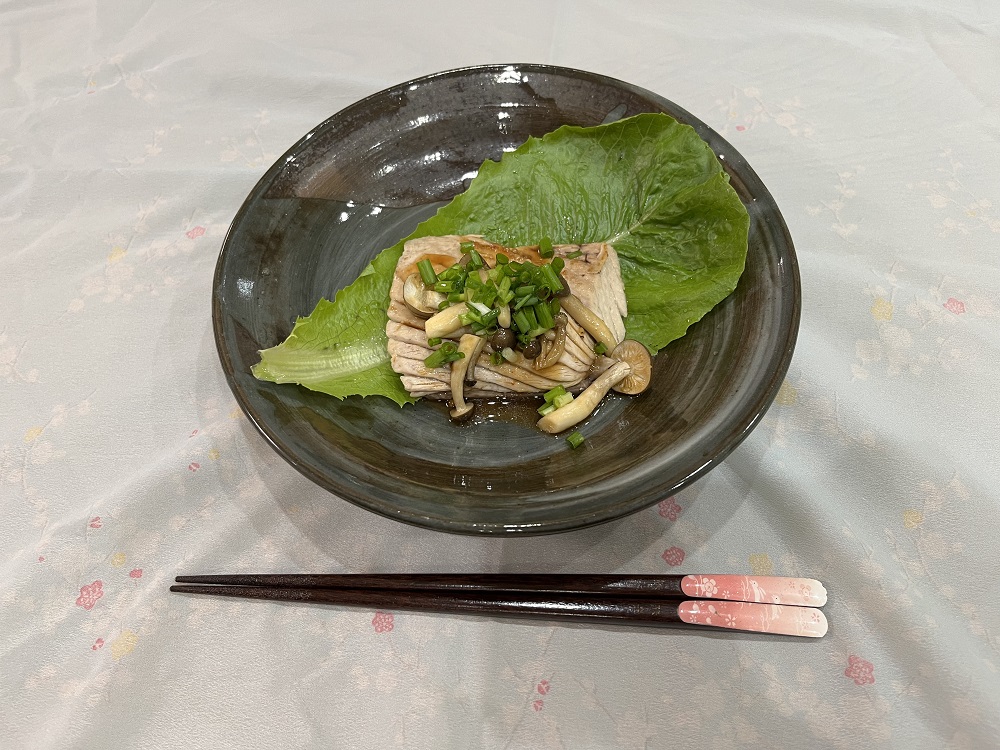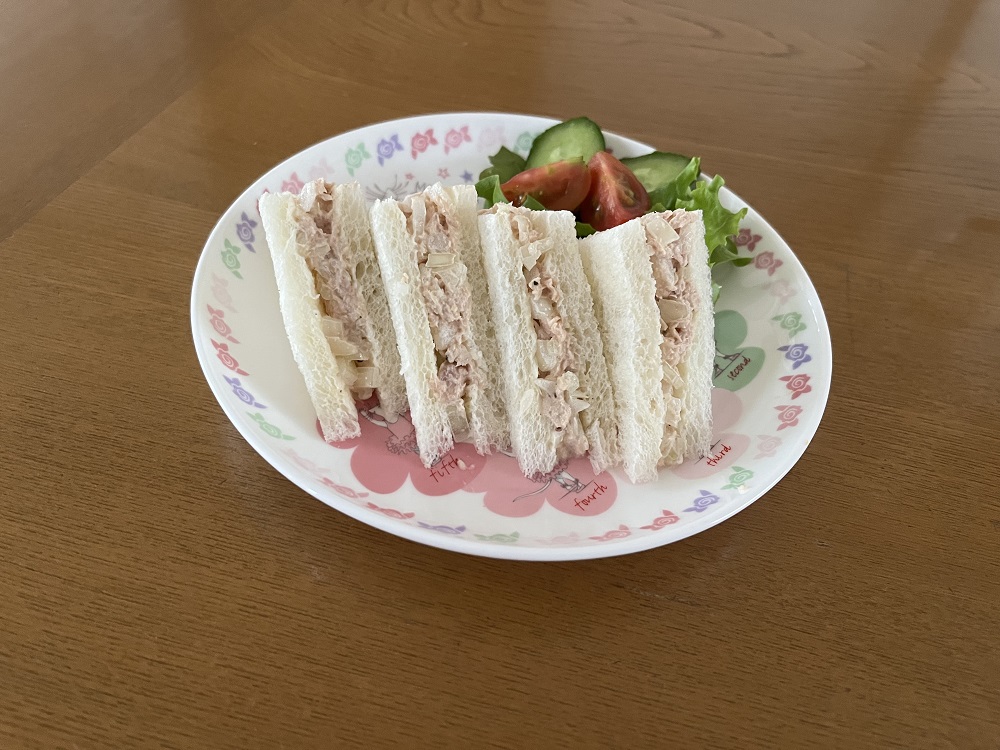Regional Differences of Food Culutre on Tunas
|
|
 Canned tuna section of a supermarket in England (Photo by  ) )
|
Japanese Tuna Dished
 |
 |
 |
||
| Sushi (Pacific Bluefin Tuna) | Tuna Bowl (Pacific Bluefin Tuna) | Tuna steak (Yellowfin tuna) |
International Tuna Dishes
 |
 |
 |
|||
| Tuna Pasta (Yellowfin tuna) | Tuna Sandwiches (Yellowfin tuna) | Poki (Albacore tuna) |
Interviews with internatioanl people
Some members and our friends have been to oversea countries (United Kingdom, Canada, Australia, and United States) for a homestay in the summer of 2022. We asked them to hold interview with peaple living in there about food culture on tunas. We also asked same questions to instructers of the on-line English conversation service.Tunas are eaten in the United Kingdom, Canada, Australia, the United States, the Philippines, and Hawaii.
In United Kingdom, Canada, Australia, and United States, people generally eat canned tuna.
In the Philippines and Hawaii, island countries where the sea is close, raw filleted tunas are available at supermarkets and people eat tunas in various forms, including grilled, boiled, and raw.
People live in Uganda, a landlocked African country, have not eaten tuna. People eat many fishes derived from Lake Victoria, which is the world biggest lake borders Tanzania and Kenya, and from the rivers, but unlikery eat fishes derived from the sea.
Tuna commodities on the market
 FAO statistics of "Canned tuna (including bonito) production trends by country (1976-2018)" (source: Fisheries Agency, Ministry of Agriculture, Forestry and Fisheries of Japan https://kokushi.fra.go.jp/R03/R03_03_tunas-R.pdf) |
I was curious about how tuna is consumed in Japan and overseas, so I did some research. According to "Trends in canned tuna (including skipjack tuna) production by country (1976-2016) FAO statistics", |
Do you like tunas
|
Questionnaire survey asking 'Do you like tuna dishes (sushi, tuna sandwiches, etc.)' were given to stutends of SIT. |
 |

|
It was very interesting to see the popularity of different dishes with the same ingredients, depending on different food habits. |
Tuna Quiz (5)
Which one is called "black tuna" in Japanese?
bluefin tuna
Correct!Bluefin tuna is called bluefin tuna in Japanese because its back and fins are bright blue while it is alive, but appear black when it is on the market.
bigeye tuna
Incorrect!This called the "mebachi" in Japanese, and its characterized by its large eyes.
yellowfin tuna
Incorrect!This called "kihada" in Japanese, and it is as same mean as yellowfin in English.
Reference
https://kokushi.fra.go.jp/R03/R03_03_tunas-R.pdf
(Confirmed:2023/1/7)
(in Japanese)
![]() Home
© 2022-2023 マグロの学校/School-of-Tuna All rights reserved.
Home
© 2022-2023 マグロの学校/School-of-Tuna All rights reserved.